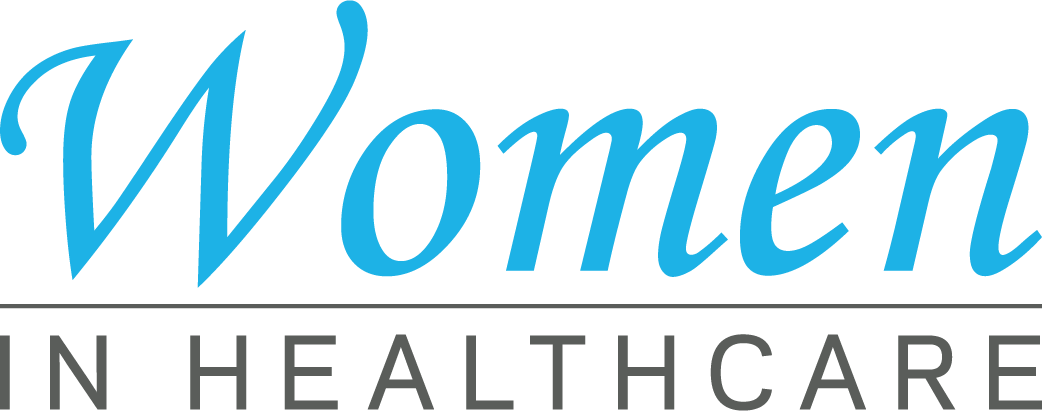Why Healthcare RCM is Important for Financial Wellness in Medical Practices
Why Healthcare RCM is Important for Financial Wellness in Medical Practices
Blog Article
A Comprehensive Overview on Exactly How Medical Care RCM Functions to Streamline Invoicing and Collections
Navigating the intricacies of medical care income cycle monitoring (RCM) is crucial for carriers intending to improve their billing and collections procedures. The guide unpacks the details of RCM, from patient enrollment to balance dues administration, supplying understandings right into optimizing each action. Integrating sophisticated innovation and standard procedures can considerably reduce claim denials and increase repayment cycles. Yet, the true obstacle depends on perfectly combining these elements to boost capital. As we check out the core parts and strategies that drive efficiency, one inquiry stays: how can medical care entities best position themselves to flourish economically in an ever-evolving market?
Understanding Income Cycle Management
RCM is an important management feature that incorporates the entire financial process of patient care, from the first consultation setting to the final payment of the equilibrium. It is an intricate treatment created to recognize, accumulate, and handle the earnings from the solutions offered to people.
The RCM procedure starts when a patient schedules a consultation and extends via the client's care journey, consisting of billing and collections. A key purpose is to decrease the time in between getting and supplying a service repayment, thus enhancing the organization's economic health. RCM includes numerous features such as individual enrollment, insurance policy verification, fee capture, coding, claims submission, payment publishing, and dealing with rejections and allures.
Secret Components of RCM
In the world of Revenue Cycle Administration (RCM), comprehending its key parts is basic to achieving economic effectiveness within medical care organizations. RCM is a thorough procedure that encompasses different phases, each critical to ensuring reliable billing and collections. The primary parts include client enrollment, insurance policy verification, charge capture, coding, insurance claim entry, settlement uploading, and receivable monitoring.


As soon as coded, insurance claims are submitted to payers, where accuracy is vital to avoid rejections or delays - Healthcare RCM. Settlement publishing involves taping the gotten repayments, which enables the reconciliation of accounts. Lastly, receivables administration concentrates on tracking and attending to unsettled claims, making sure prompt follow-up and resolution
Each component of RCM is adjoined, and ineffectiveness in any component can interfere with the whole cycle. As a result, understanding these aspects is vital for doctor to enhance earnings and boost their financial health.
Approaches for Reliable Payment

Systematizing payment treatments throughout the company is one more essential method. Developing clear guidelines for paperwork, coding, and entry aids maintain consistency and compliance with regulative demands. Educating staff regularly on these treatments makes sure everyone is updated with the most current changes in payment codes and payer plans.
Accurate cost capture is necessary in protecting against revenue leakage. Applying normal audits and monitoring systems enables the recognition and adjustment of disparities before they affect earnings. Additionally, keeping open lines of communication with payers assists to quickly solve any type of conflicts or misconceptions that may emerge.

Lastly, engaging people early in the payment process by offering clear estimates and educational products concerning their economic responsibilities can dramatically minimize confusion and enhance payment timeliness. These techniques collectively add to an extra efficient and economically healthy billing system.
Enhancing Collections Processes
Offered the intricacies of clinical billing and the variety find more info of payer demands, improving the collections procedure involves carrying out critical steps that make certain timely and accurate repayment of solutions made. Automation tools can assist in tracking case conditions, sending out timely reminders to people, and handling rejections more successfully.
Clear and clear client communications are crucial. Giving in-depth explanations of costs and providing flexible settlement strategies can increase patient satisfaction and prompt repayments.
Normal audits of the collections process must be carried out to identify areas for enhancement and guarantee compliance with policies. By analyzing information, healthcare companies can identify fads, expect prospective concerns, and adjust methods accordingly (Healthcare RCM). Ultimately, a well-enhanced collections procedure not only sustains monetary health and wellness however additionally adds to an extra smooth experience for patients and personnel alike
Optimizing Income Streams
Building upon the structure of a solid collections process, medical care organizations can further strengthen their monetary security by purposefully maximizing profits streams. This includes a multi-faceted technique, beginning with a detailed analysis of existing income sources to recognize inadequacies and areas for growth. Employing innovative data analytics devices makes it possible for companies to gain understandings right into payer mix, patient demographics, and service usage patterns, enabling for data-driven official site choices that boost revenue capture.
Applying automated invoicing systems can significantly minimize errors and quicken insurance claims refining, guaranteeing that earnings is accumulated a lot more effectively. Additionally, enhancing payer contracts via regular negotiations can improve repayment rates and terms, straight affecting the lower line. Expanding service offerings, such as integrating telehealth or health programs, can additionally attract a more comprehensive patient base, therefore raising income possibility.
An additional critical part is boosting individual interaction and satisfaction, as satisfied patients are most likely to adhere to therapy strategies and make timely settlements. Using flexible settlement choices and transparent payment techniques can enhance collections and foster individual commitment. Healthcare RCM. By embracing these approaches, medical care companies can create an extra resilient economic structure, ensuring continual growth and security in an ever-changing industry landscape
Final Thought
In conclusion, healthcare Earnings Cycle Administration (RCM) plays a crucial duty in enhancing billing and collections processes by integrating vital elements such as patient enrollment, insurance confirmation, charge capture, coding, asserts submission, and receivable administration. By employing sophisticated technology, systematizing treatments, and fostering individual engagement, medical care companies can dramatically lower case rejections, speed up payment cycles, and enhance cash money circulation. This extensive method to RCM inevitably results in improved economic performance and sustainability for healthcare organizations.
The RCM procedure begins when a client routines a consultation and extends through the individual's treatment journey, consisting of billing and collections.One more crucial part is enhancing individual engagement and contentment, as satisfied patients are extra likely to stick to therapy plans and make timely payments. Using adaptable settlement options and transparent invoicing techniques can improve collections and foster individual commitment.In verdict, healthcare Earnings Cycle Monitoring (RCM) plays a critical duty in maximizing payment and collections processes by incorporating crucial elements such look these up as client enrollment, insurance coverage confirmation, fee capture, coding, asserts entry, and accounts receivable administration. By utilizing innovative innovation, standardizing treatments, and fostering patient engagement, healthcare companies can dramatically decrease insurance claim rejections, increase settlement cycles, and enhance money flow.
Report this page